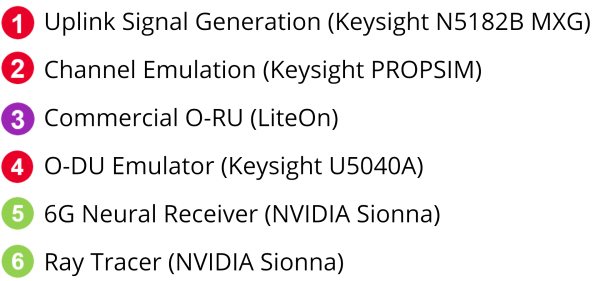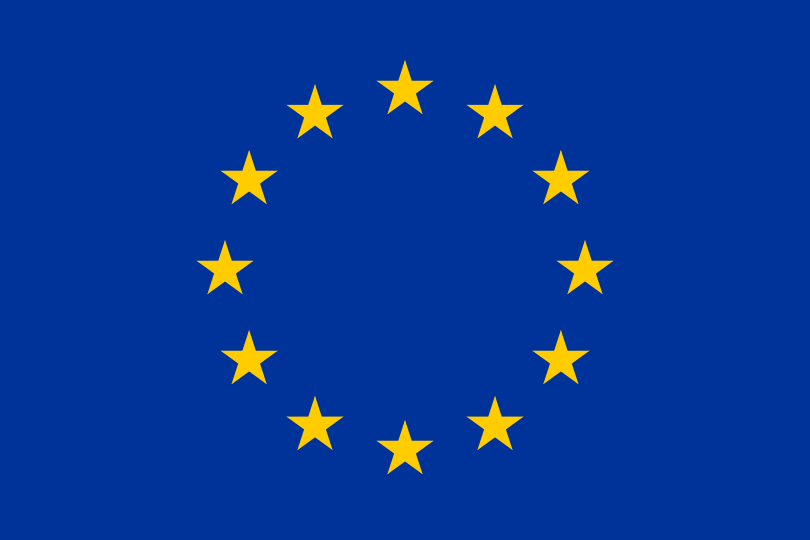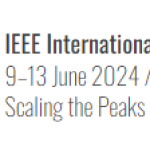CENTRIC WILL BE PRESENT AT THE EUCNC | 6G SUMMIT 2024 booth 26!

- This event has passed.
CENTRIC WILL BE PRESENT AT THE EUCNC | 6G SUMMIT 2024 booth 26!

CENTRIC project at the EUCNC | 6G Summit 2024
Demonstrating Validation setup for Site-Specific Multi-User MIMO Neural Receiver #booth-26
The CENTRIC project has proposed techniques encompassing AI-based transceiver designs, AI-emerged protocol stacks and AI-based radio-resource management algorithms. In addition, the project studies hardware and software enablers, such as novel computational paradigms or the role of digital twins in supporting the AI-AI techniques. Last, but not least, methods for validation and benchmarking of the studied AI-AI techniques are as well in CENTRIC’s scope.


The CENTRIC project has proposed techniques encompassing AI-based transceiver designs, AI-emerged protocol stacks and AI-based radio-resource management algorithms. In addition, the project studies hardware and software enablers, such as novel computational paradigms or the role of digital twins in supporting the AI-AI techniques. Last, but not least, methods for validation and benchmarking of the studied AI-AI techniques are as well in CENTRIC’s scope.
In the demo at EUCNC 2024 | 6G Summit 2024, we showcase how the NVIDIA’s Neural receiver concept can be used to produce receiver structures that are specially optimized for a specific site deployment. On the one hand, we show that the neural receiver structure can be trained with standardized stochastic channel models, providing significant gains with respect to traditional MIMO receivers. However, the neural receiver can be fine-tuned with a limited amount of data obtained at the base-station’s deployment site, boosting its performance beyond that of the generically trained receiver.
This demo showcases a hardware-based validation setup for a neural-network based receiver for multi-user MIMO transmissions through a real 5G O-RAN network, which consist of the following elements:

The signal generator (1) sends uplink signals of 2 single-antenna. The signal then travels through the channel emulator (2), which is fed ray-traced channel impulse responses observed at a particular base station location, calculated with NVIDIA’s Sionna ray-tracer. The signal is received at an O-RU (3) with 4 antennas which digitizes the signals and delivers them to the O-DU emulator (4), which manages the O-RU’s control plane and synchronization. The O-RU’s data is fed to the PC (5) which runs NVIDIA’s 6G Neural Receiver to extract the payload by applying a pretrained neural network. The demo shows the advantage of the Neural receiver over classical benchmark, as well as demonstrating the performance improvement resulting from fine-tuning the pre-trained network with a small amount of data obtained at the deployment site.





